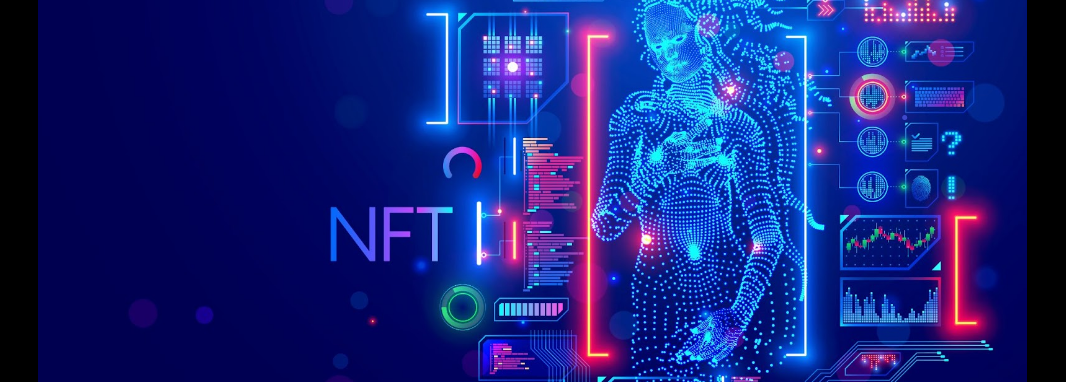What is NFT minting?
In crypto slang, “minting” means issuing a crypto asset. Mainly, for NFTs, minting means publishing the artwork in the Inter-Planetary File System (IPFS) and saving the file hash into a particular blockchain used for selling this NFT.
Why do minting commissions matter?
Writing data to blockchain is not free. Long ago, you could easily store a record into the Ethereum blockchain. As of today, even a tokenized dollar (USDT) transfer over the Ethereum blockchain costs approximately $150. And this will be getting worse as the load on the Ethereum blockchain increases, and there are more and more distributed applications, their users, and data within.
Which blockchain is the best for NFT minting?
Well, it depends on how severe your project is. For luxury NFTs, you need to use Ethereum. While for games with millions of assets, it is not an option.
Minting NFTs on Ethereum
For each artwork minted in the Ethereum network, you need to pay to put the IPFS file identifier into the Ethereum blockchain. This is just 256 bytes, but these bytes are too costly as of the current Ethereum / GAS price. Depending on the NFT marketplace, the price may also be different.
Can one use less than 256 bytes to make it cheaper? No. And here is why:
You can find exact prices for minting grouped by the NFT marketplace here:
For example, to mint one artwork at https://opensea.io, the author needs to pay an equivalent of $181.3 as it was when this article was written.
Of course, you can delegate paying this commission to your buyers. OpenSea allows doing that. But then, your buyers will start asking:
“Why do I need to pay the $181 commission to purchase an NFT, which costs $50?”
So, Ethereum NFTs are a luxury thing now. It would help if you were minting one in case the cost of each artwork will be high enough so that you will be able to discard the commission.
A considerable benefit of Ethereum NFTs is that they are most widely adopted. Any NFT minted in the Ethereum blockchain is automatically shown on one of the top marketplaces as well as other marketplaces:
Minting NFTs in the Binance Smart Chain
Binance NFTs are less popular. But also less expensive to be minted. Technically there is a slight difference from Ethereum NFTs. But the minting cost does matter.
The primary marketplace for Binance NFTs is:
https://www.binance.com/en/nft/
The Binance Smart Chain minting fee is 0.005 BNB. This is $3.23 at the moment of writing this article.
Minting NFTs on Polygon (MATIC)
The Polygon (MATIC) blockchain solved Ethereum’s scalability issues. This works for NFTs as well. The real burst of Polygon-based NFTs is due to adopting this blockchain by https://opensea.io, the definite market leader. This makes Polygon NFTs suitable both for games and inexpensive collections.
The approximate Polygon minting cost is $0.96. Therefore cheaper than Binance and with a broader audience due to OpenSea support for the Polygon blockchain.
Minting NFTs on WAX / EOS
One of the communities grown by NFT games is the WAX NFT community.
WAX requires 151 bytes of memory for the NFT. The listing price is approximately 10 WAX, which is currently $2.96.
WAX NFTs are listed on Atomic Hub, which has a particular chapter for WAX NFTs.
WAX is less expensive than Ethereum and Binance Smart Chain. But more expensive than Polygon. Therefore for us, the future of WAX is unclear.
How to mint an NFT for free?
Well, we have discovered that the “lazy mint” (commission delegation to buyers) proposed by some marketplaces may cause buyers not to buy. So, commission delegation can hardly be called a free minting. But is there an alternative cheaper than Polygon’s 1-dollar mint?
Some blockchains want to repeat Polygon’s carbon-free technology. Some of them are pretty technically successful while not widely adopted. If you are not scared of technical difficulties and marketing, you should probably think about Algorand’s NFTs:
The minting cost is approximately $0.001. Cheaper than you can even imagine. But no stable NFT marketplace yet. But who knows, what if one day such a marketplace is opened.
Conclusions
So, what is the way to follow? Which blockchain to choose for minting?
☐ Think about Ethereum for luxury NFTs;
☑ Choose Polygon (MATIC) under the current market conditions;
☐ While Binance Smart Chain could also be an option. But what are the benefits?
☒ Probably, avoid WAX until all is clear where it goes;
☠ Choose something like Algorand or NEO to play hard.
While I was writing this article, the game has changed at least two times. So, you are welcome to a conversation about what works mainly for your NFT under the always-changing market conditions. At Zfort Group is a NFT Development Agency, we make it our business to get to grips with new tech.





